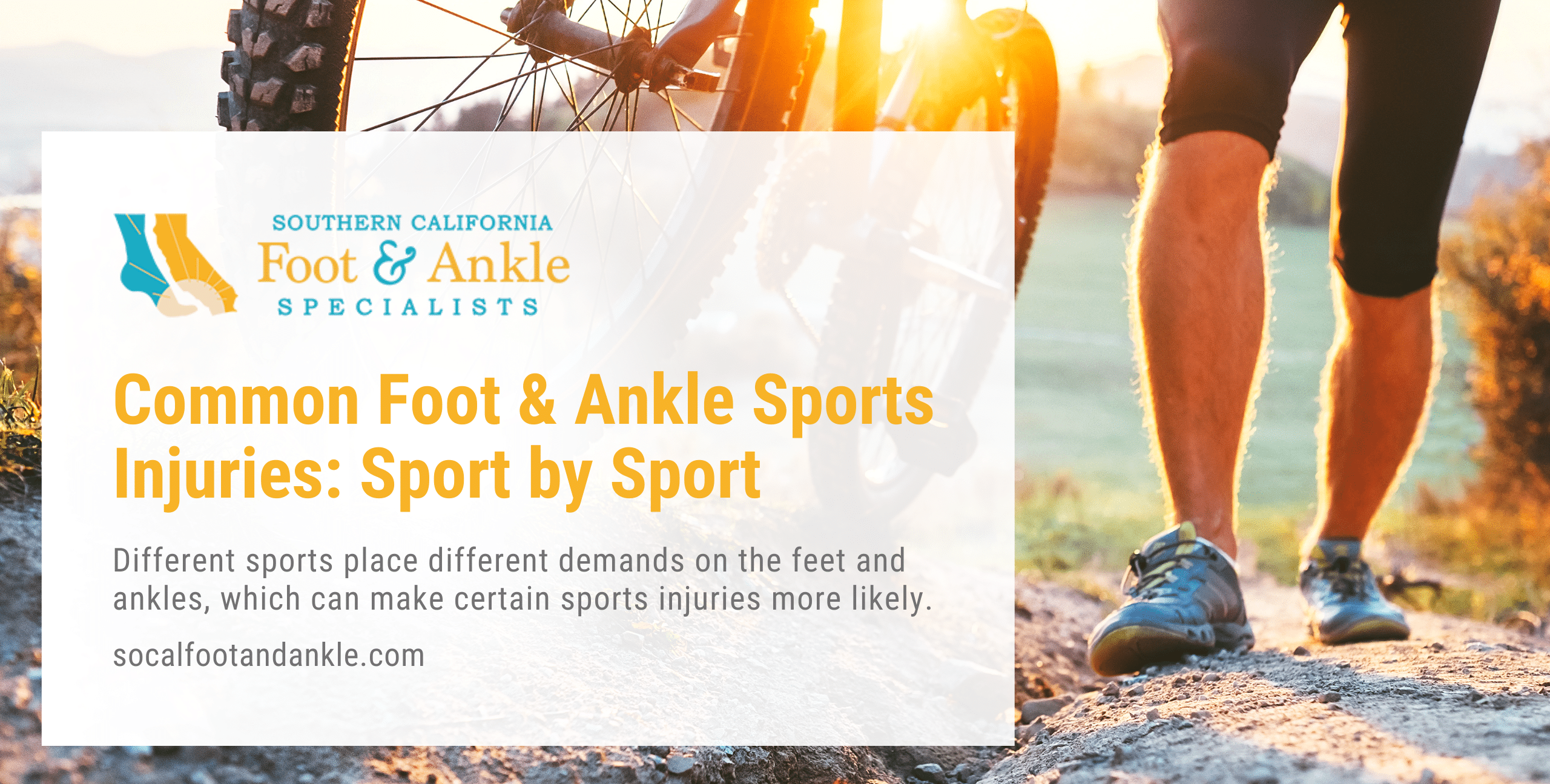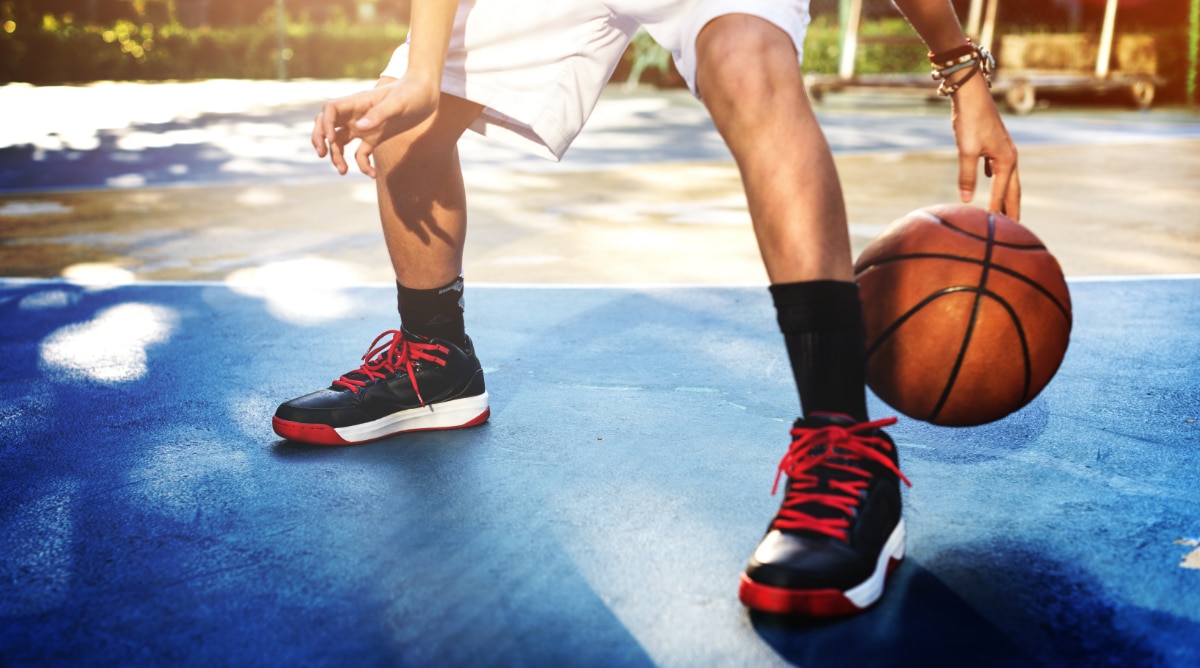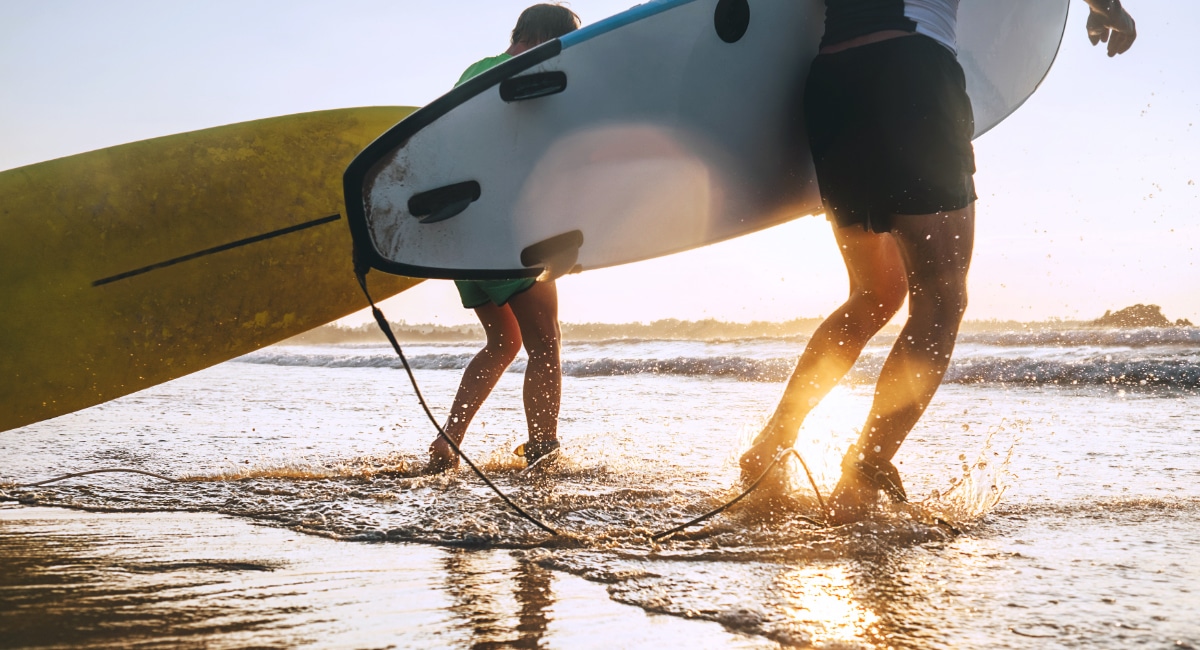Common Foot & Ankle Sports Injuries: Sport by Sport
A wide world of sports exists, with so many opportunities to have fun and strive for personal improvement. Unfortunately, that also leaves a wide world of potential sports injuries to befall someone.
Now, the risk of a foot or ankle injury should not, in itself, be a reason to avoid getting out and doing what you love. The benefits of physical activity and joy well outweigh the risks of injury—as long as you are taking steps to reduce those risks.
Each sport and activity out there will have different demands on the feet and ankles, making certain types of injuries more likely than others. Being aware of these injury types and protecting yourself against them can pay off in the form of not getting a sports injury, or having a much more minor injury if misfortune happens.
We will take a look at a few area sports, taking stock of the ways they challenge feet and ankles and suggesting ways to help yourself lower the risk of a sports injury. Fortunately, there are some great general rules to follow across most all activities!
Soccer and Football
We are grouping soccer and football under the same section because they have many similarities when it comes to foot and ankle demands. Both sports take place on grass or turf, and both demand quick changes in direction from many of its players.
We carry a lot of momentum as we run—especially when making a mad charge down a field—and that force must be well handled when making a sudden directional shift, such as making a side cut.
Sudden changes in direction can cause quite a lot of strain on the Achilles tendon, which may result in Achilles tendinitis or an outright tear of the tendon (this has, unfortunately, become increasingly common in professional football). Ankle sprains and damage to the peroneal tendon in the ankle area are also possibilities.
Each sport also carries its share of direct trauma, which can naturally cause sprains, heavy bruising, or fractures. Of particular note on these fields, however, is the danger of “turf toe.”
Turf toe is an injury to the ligament that surrounds the big toe joint. It happens when the toe gets flexed beyond its normal range of motion. On the football or soccer field, this can happen when a player’s foot becomes firmly planted to the ground (often with the help of cleats) and then another player runs into or tackles them, forcing the toe to hyperextend.
Basketball
Basketball also places a lot of stress on the feet concerning quick starts, stops, and cuts in direction, making sprains a danger. There is also more pivoting and jumping, however; and all of it is conducted on a much harder surface than a field.
Fatigue from the harder surface can increase the risk of strains against structures on the underside of the foot, such as the bones and plantar fascia (a thick band of tissue that supports your arch). As the muscles that normally absorb most of the shock of court running and jumping become tired, these other structures may take more stress, resulting in stress fractures or plantar fasciitis.
Another common basketball injury is Jones fracture, which occurs at the base of the fifth metatarsal (or little toe). It tends to come with sudden pain in the outside middle of the foot, and may be more challenging to heal due to a lower blood supply in this area.
Baseball
Ankle sprains, once again, can be a concern with baseball. The actions of fielding as well as sliding into a base that doesn’t give way for you can always cause trouble.
Although cleats are involved in baseball, the risks of turf toe are lower since there is much less contact between players (or at least there should be). However, cleats can still stress the forefoot and aggravate conditions such as neuromas, bunions, and hammertoes.
One type of problem you might be surprised to hear about in baseball? Ingrown toenails; especially in pitchers and catchers. If nails are cut improperly, or a player is genetically more prone to ingrown nails, the demands that pitchers and catchers have in balancing their feet as they pitch or stoop down can cause this condition to become more prevalent.
Surfing
The biggest danger to a surfer’s feet and ankles is sharks.
(OK, just kidding.)
A surfer should be mindful of hazardous underwater terrain that could result in abrasions or lacerations to the feet. And if you are one that likes to attempt aerial tricks, injuries from awkward landings on the board (or someone else’s board, if you’re too close) are also a possibility.
Ankle injuries and foot sprains where the foot is forced to flex upward toward the shin (also known as syndesmosis sprains) can be somewhat common in surfing, but the sport as a whole remains relatively safe.
Reduce Sports Injury Risks and Stay in the Game
Much can happen to your feet and ankles, but there is much you can do to guard yourself! Always keep these general tips in mind:
- Always use the right equipment. This includes shoes made for the sport and never anything otherwise. If wearing cleats, make sure they are the right type for your activity needs and fit properly. For surfing, consider a board with flexible fins and a blunt, protective guard for the nose.
- Always follow proper technique and etiquette. This means respecting the right way of playing and not going for crazy maneuvers that can be dangerous to you or others. Technique exists to show the right way of doing things best with the least chance of hurting yourself.
- Always warm up before playing. Trying to blast off from a cold start in any activity opens the door for injuries. Your body needs to warm up to the demands you will be placing on it, so always take a few minutes for stretching and light jogging.
- Always know your limits. Some of the most common causes of injury in any discipline is overtraining. If you do not provide your body enough recovery time between bouts of heavy workouts and activities, you leave it chronically fatigued and more open to injury.
And finally, if you are ever experiencing consistent pain or discomfort, or have any questions regarding your feet and ankles, do not hesitate to see us about them!
While a problem that has become severely painful and debilitating needs prompt care, it’s always better to start addressing problems before they reach that point. We can provide proactive advice and treatments that help you avoid sidelining conditions in the first place.
Dr. Robert Spencer and Dr. Nitza Rodriguez, are both ready to help you make the most of your time on the field, court, or waves. Give us a call at (949) 364-9255 to schedule an appointment at our Ladera Ranch office. Or simply fill out our online contact form to have a member of our staff reach out to you.



